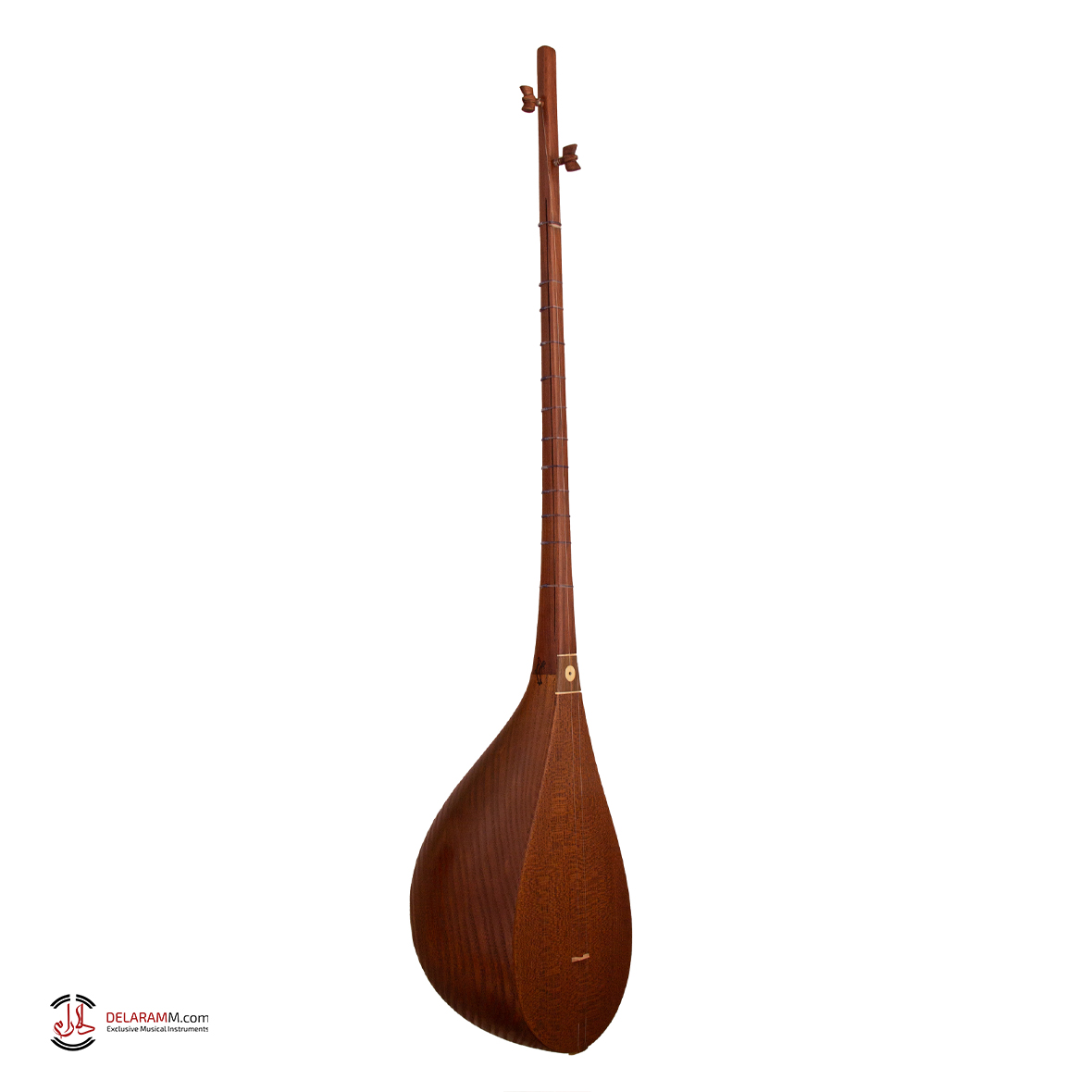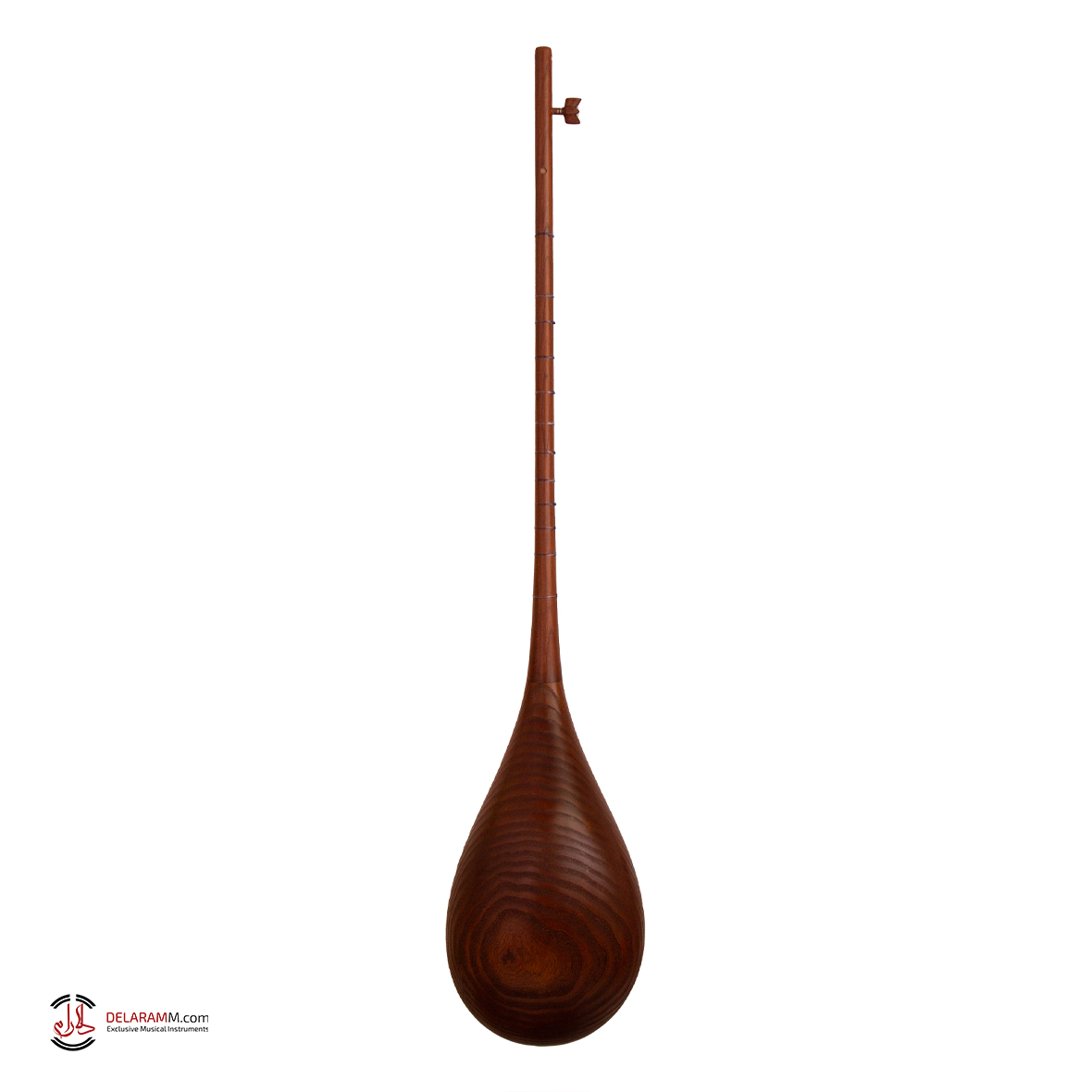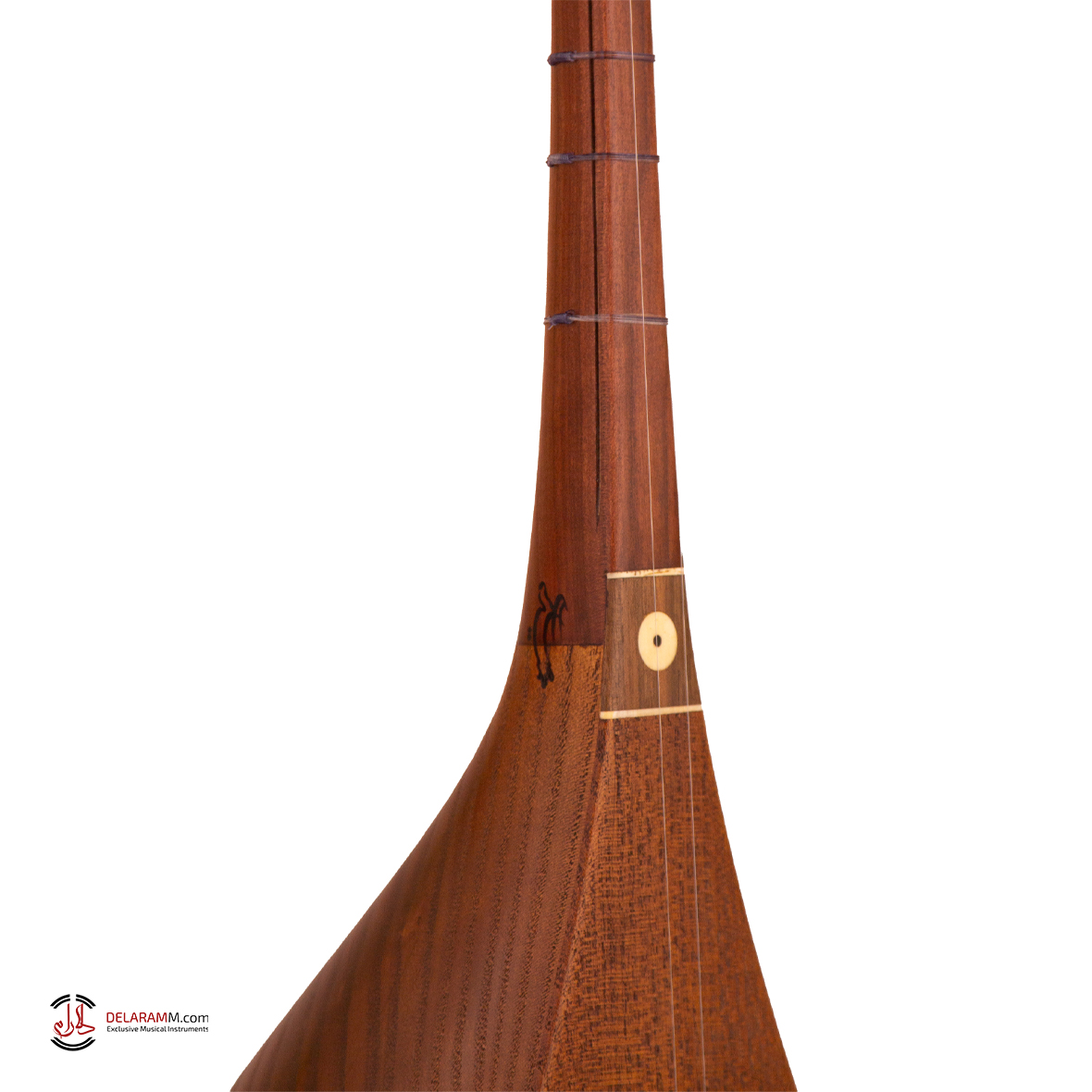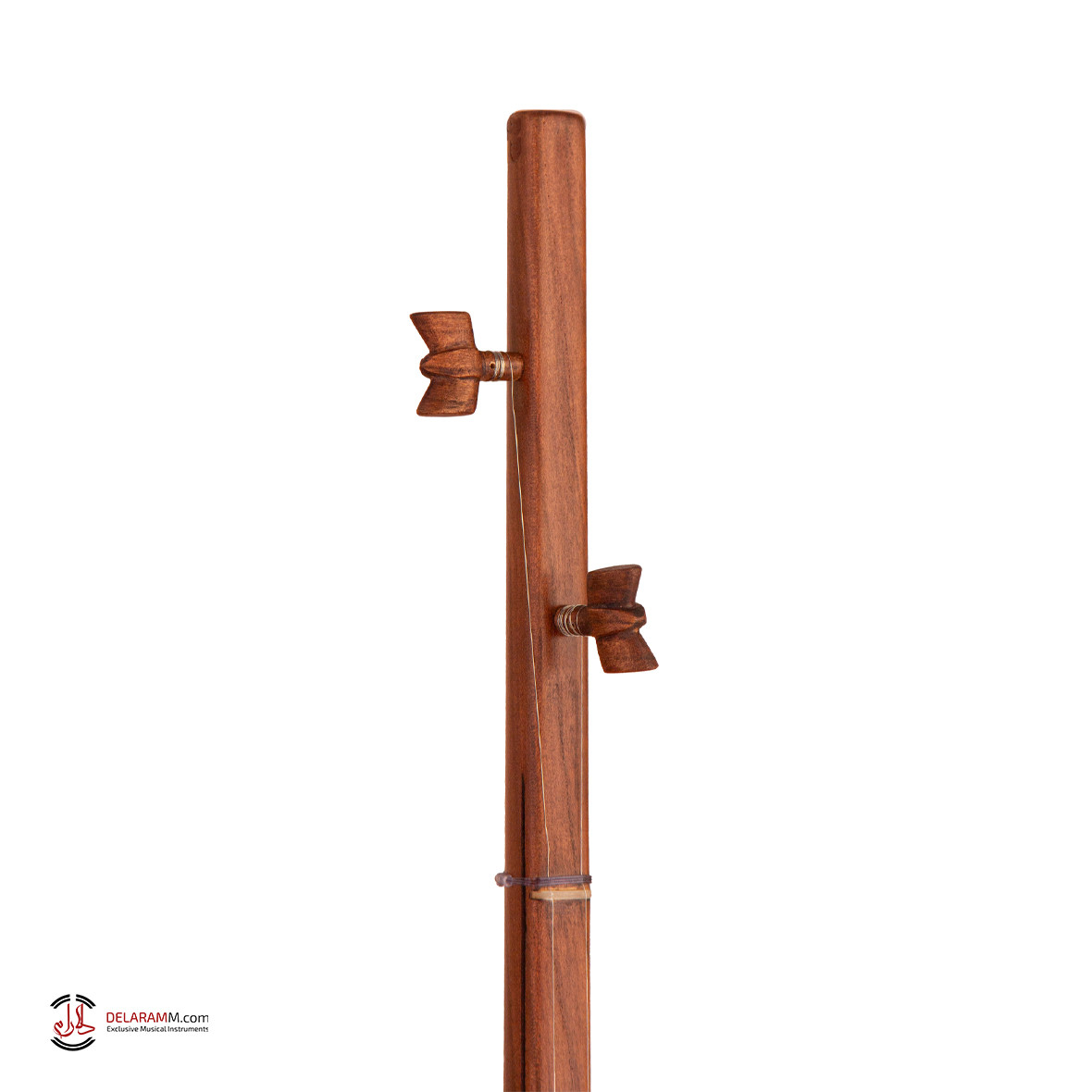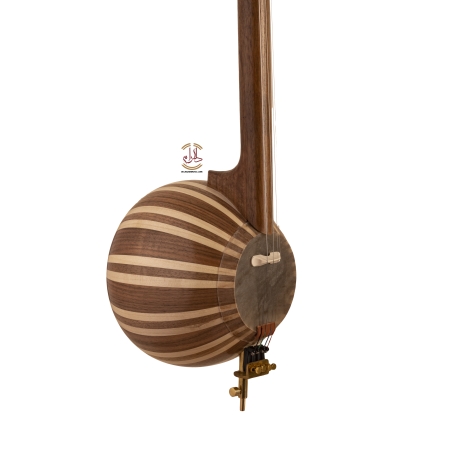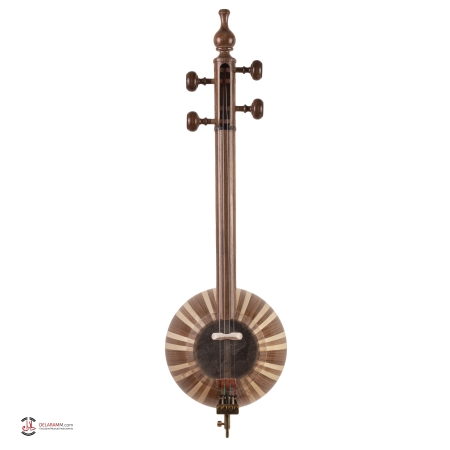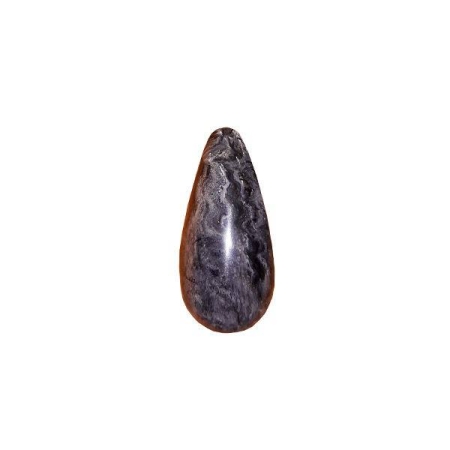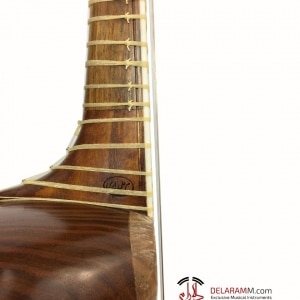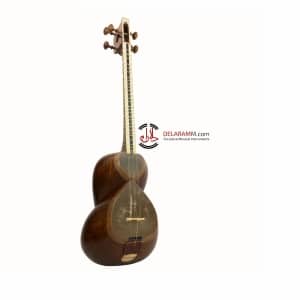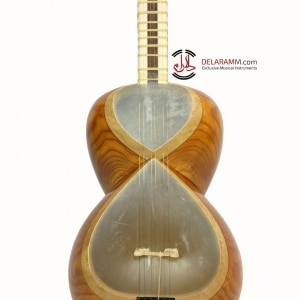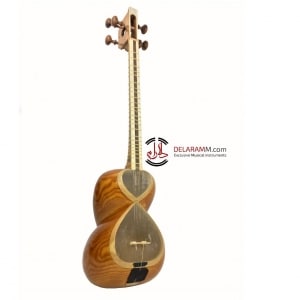Description
Hamid Saberi’s Hand-Made Traditional Dotaar from North Khorasan
Hamid Saberi is a master craftsman renowned for his exceptional hand-made traditional Persian musical instruments. His dotaar from North Khorasan is highly esteemed for its quality, sound, and craftsmanship. Below is an in-depth look at the features of these exquisite instruments:
Features of a High-Quality Dotaar by Hamid Saberi
- Materials:
- Body: Typically crafted from mulberry wood, known for its durability and resonance.
- Neck: Often made from walnut, which provides stability and a smooth playing experience.
- Strings: Traditionally, the dotaar uses silk or nylon strings, which contribute to its unique sound.
- Craftsmanship:
- Hand-Crafted: Each dotaar is meticulously hand-crafted, ensuring attention to detail and adherence to traditional methods.
- Inlays and Decorations: Saberi incorporates intricate inlays and decorative elements that reflect the cultural heritage of North Khorasan.
- Sound Quality:
- Resonance: Known for its warm and rich tones, the dotaar by Saberi produces a deep, resonant sound that is highly valued by musicians.
- Playability: The design ensures ease of play, with a smooth neck and well-tensioned strings for comfortable finger movements.
Features of a High-Quality Setaar by Hamid Saberi
- Materials:
- Body and Neck: Crafted from high-quality seasoned woods like mulberry or walnut, ensuring a balanced, melodious sound.
- Strings: Typically uses metal or nylon strings, contributing to its distinct sound.
- Design and Aesthetics:
- Traditional Motifs: The setaar often features Persian motifs and designs, enhancing its visual appeal.
- Finish: Finished with natural oils or varnishes that protect the wood and enhance its natural beauty.
- Sound Quality and Playability:
- Tone: Saberi’s setaars are known for their clear, bright tones and excellent sustain.
- Action: Designed for excellent playability, with a well-adjusted action that allows for easy and precise finger movements on the frets.
Tips for Purchasing
- Authenticity:
- Condition:
- Inspection: Check for any signs of damage or wear, such as cracks in the body or neck.
- String Condition: Ensure the strings are in good condition and properly tensioned.
- Sound Test:
- Play or Listen: If possible, play the instrument or listen to a professional demonstration to assess the sound quality and ensure it meets your expectations.
Care and Maintenance
- Storage:
- Case: Keep the instrument in a protective case when not in use.
- Environment: Store in a stable environment to prevent wood warping or cracking.
- Cleaning:
- Soft Cloth: Regularly clean the instrument with a soft cloth.
- Avoid Chemicals: Avoid using harsh chemicals that could damage the finish.
- String Maintenance:
- Replacement: Replace strings periodically to maintain optimal sound quality.
- Tuning: Regularly check and adjust the tuning to keep the instrument sounding its best.
A dotaar or setaar by Hamid Saberi is not just a musical instrument but a piece of art that carries the rich musical tradition of Iran. It is cherished by musicians and collectors alike for its exceptional quality and cultural significance.
0/5
(0 Reviews)

